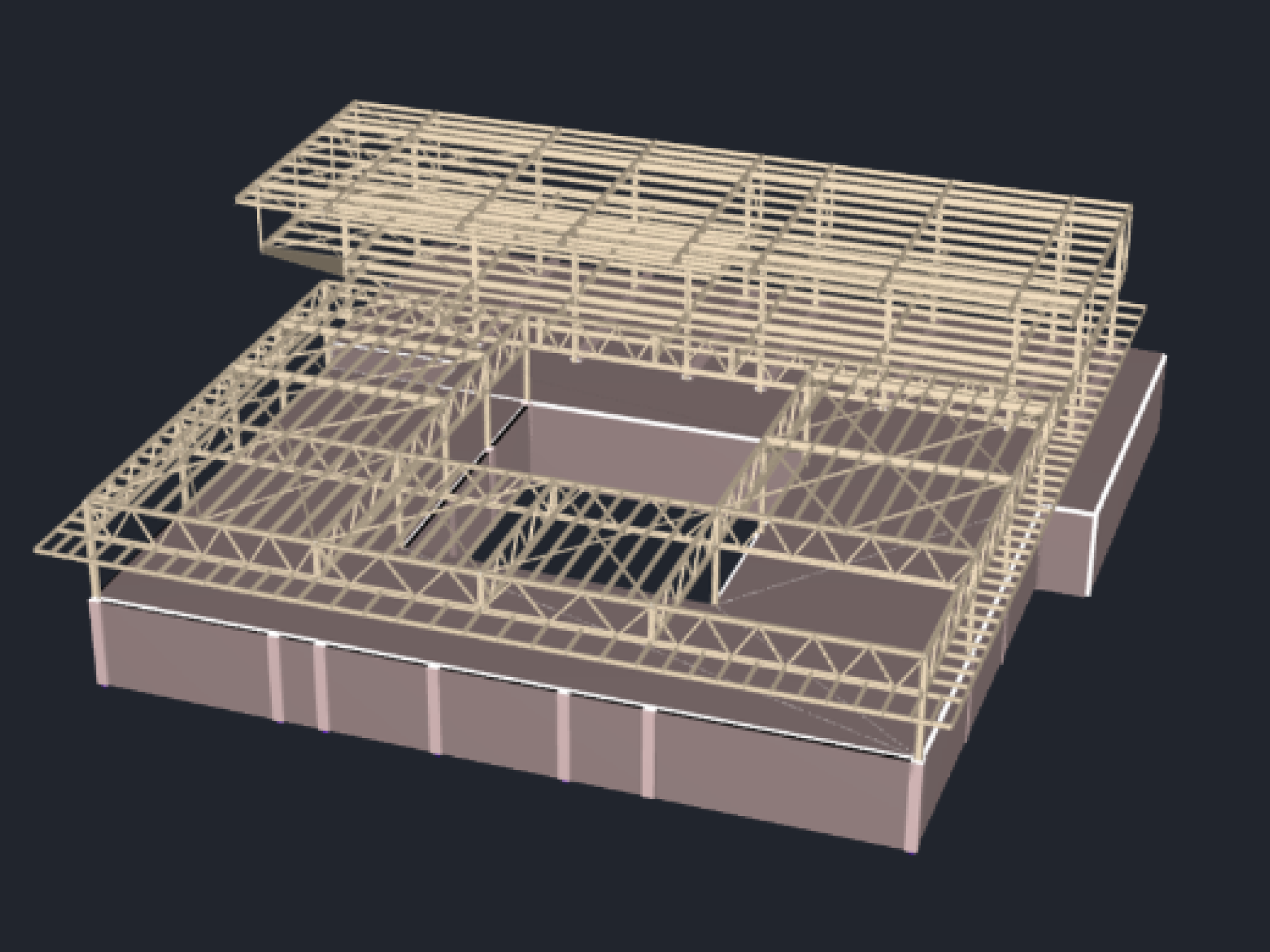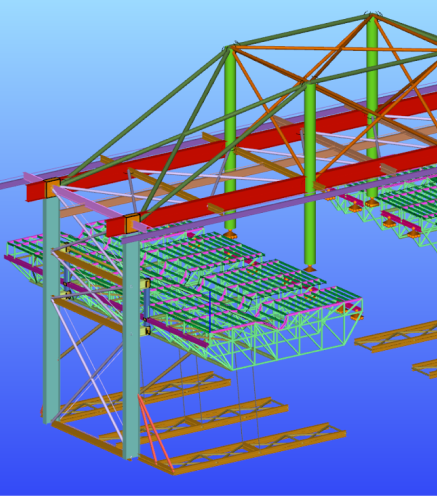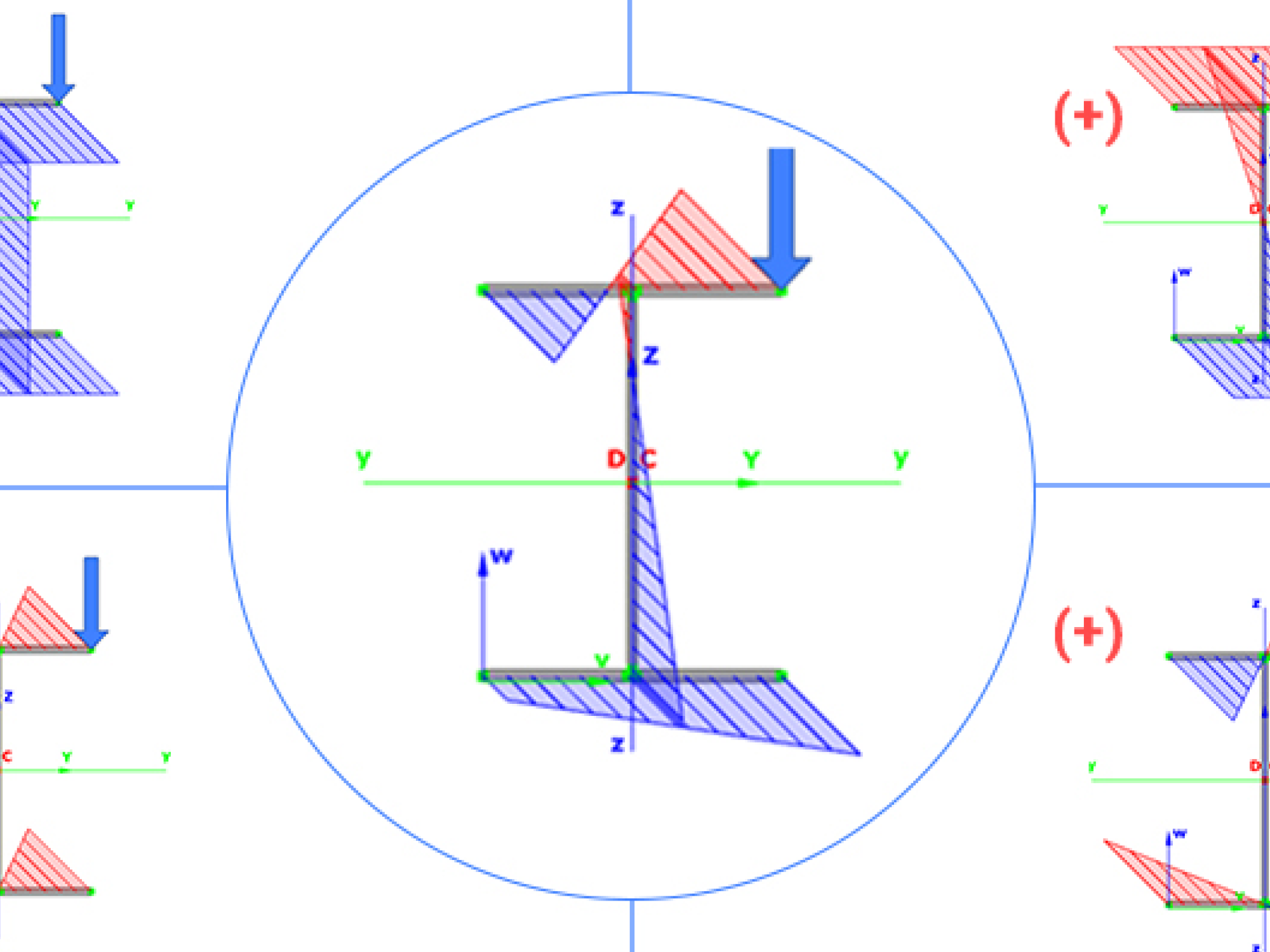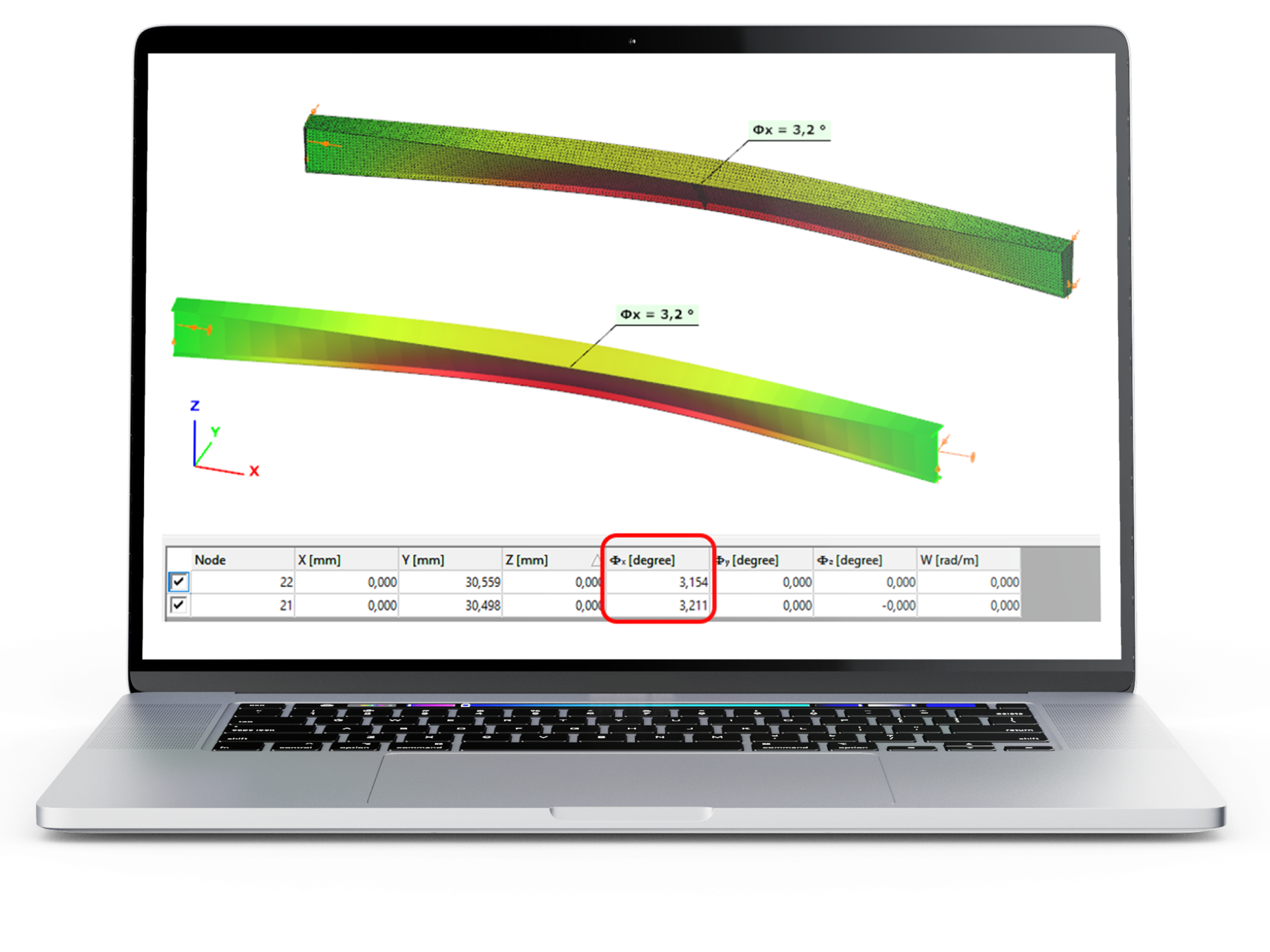Torsion and warping
Torsion and warping are structural issues that everyone strives to avoid, as software solutions typically lack support for both calculation and, especially, design.
In Consteel, these problems are addressed at the global structural level with precise calculation and subsequent design process, empowering engineers to make confident choices from a wider range of solutions: they can either design the structure appropriately or consciously eliminate these phenomena with suitable bracing elements.
No credit card required
Specific Feature Solutions for Torsion and warping in Consteel
User defined thin-walled section drawing
Besides several parametrically defined sections, custom profiles can also be created in Consteel. Profile definition includes not only drawing geometry but setting parameters necessary to Consteel’s automated design options too. These are standard Eurocode parameters of cross sections used for the automatic stability check, local buckling and distorsional buckling in case of cold-formed sections. Ultimately, manually defined cross-sections can be fully integrated into Consteel’s highly automated design workflow, just like standard or built-in macro cross-sections.
Easy modeling of the effect of sheeting – Shear field
Considering the shear restraint of trapezoidal steel decking is always a question. Can the floor beams be considered as fully restrained or not? In Consteel, various types of trapezoidal sheetings are available and the actual shear stiffness of the application can be calculated either by the Eurocode or with methods provided by producers. Consequently, the actual shear restraints can be applied in the analysis and automatic design of the beams.
Automatic buckling design based on the ‘General Method’
General Method is the smartest way of stability design, described in EN 1993-1-1. It is applicable for any complex cases of out-of-plane buckling problems (flexural, torsional, and lateral-torsional buckling, and any interactions of these) with arbitrary members, loading and support conditions. Based on the global buckling and sensitivity analysis, it provides a comprehensive and automatic solution for stability design.
True analysis of global steel structures – the 7 DOF beam element
Consteel is the only structural design software that uses the special 7 degrees-of-freedom (7 DOF) beam element for all the global structural analysis types. The 7 DOF element is specially developed for thin-walled members where the warping of the cross-section is of high importance in the behavior. Modeling is always done in 3D and various number of analysis types including special and unique ones (like global buckling, buckling sensitivity or imperfection analysis) are developed to assist you to get to know the true behavior of your structure and design it optimally.
OUR PARTNERS
How can Consteel enhance your work?
WHY CHOOSE CONSTEEL?
WHO RECOMMENDS US?

‘Consteel is a great asset for Arambol Ingeniería S.L. Thanks to its workflow we can design, calculate and present a project in record time. The program is very intuitive and easy to use. Technically, the seventh degree of freedom is an enormously useful tool to check structures with the general method, and even obtain reliable results thanks to the use of buckling shapes together with the imperfections to obtain utilization ratios that, physically, are more realistic than the reduction coefficients. Consteel has very specialized features such as the shear field or the frame corner wizard that add an extra degree of professionalism to the calculation, which translates into greater efficiency in the use of steel and, therefore, money.’

‘The Alba Arena project highlighted the extraordinary potential of the Consteel software and Pangolin. It is a pioneering technology that enables the parametric design of complex geometry and large-scale structures through the Grasshopper system. The Pangolin award is an exceptional recognition for me and the bim.GROUP, as it is a positive feedback on the quality of our work and an opportunity to showcase our expertise on an international level.’ said Dávid Lewandowski, Steel Structure Designer, regarding the award.’

‘Consteel’s technical support team is very professional. Especially Mr. Balint Vaszilievits-Sömjén, he has been a great help to us! We were impressed by his professionalism and dedication. We are satisfied with the use of Consteel, which has proven its worth in our international projects.’
‘I started using the Consteel design software during my university studies, when it was Consteel version 6. Even then I was impressed by the simplicity, transparency, and speed of the program. Since then, I have had the pleasure of designing many structures with the program, from small to large: industrial halls, office buildings, large opening roof structures, staircases, flying garages, pipe bridges, canopies, secondary closure elements, or the transmission line poles on which my doctoral thesis was based.
The bottom line is that it allows a structural engineer to model any structure in 3D in a structurally correct way, yet quickly and with a low risk of error. The most complex geometric type includes, for example, a lattice structure, where stability loss shapes can be efficiently calculated and sections optimised. One of my favourite features is the interpretability of the results, and the fact that the program receives significant updates year after year, which is the most user-oriented.’

‘From the very beginning, I really like Consteel because it can be used to perform global steel structure tests in a complex and compact way, efficiently. In addition, the software integrates well with automated parameter-driven design algorithms – so I can heartily recommend it.’


The approach of the Consteel team to software development also deserves praise, which shows a well-thought-out path of software development in terms of suitability for practical applications (and not only in terms of changing the graphic interface as is the case in other developers).
We recommend Consteel to all experienced engineers.’


knowledge behind consteel
Example ModelS
Design a pre-engineered Metal Building
Did you know that you can use Consteel to design a pre-engineered Metal Building with all its unique characteristics, including web-tapered welded members, the interaction of primary and secondary structural elements, flange braces, shear and rotational stabilization effect provided by wall and roof sheeting?
Download the example model and try it!
Hot-rolled crane beam design considering the effect of code-prescribed load eccentricities
Did you know that you could use Consteel to design a hot-rolled crane beam considering the effect of code-prescribed load eccentricities?
Download the example model and try it!
SIMPLIFY YOUR DESIGN PROCESS







